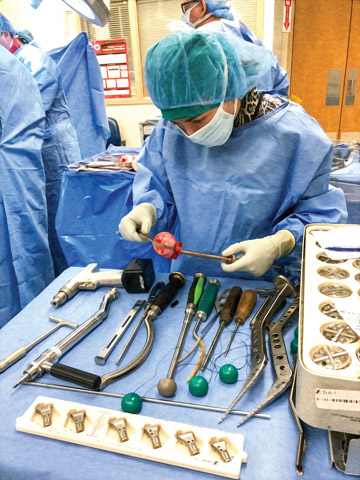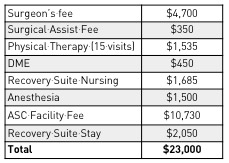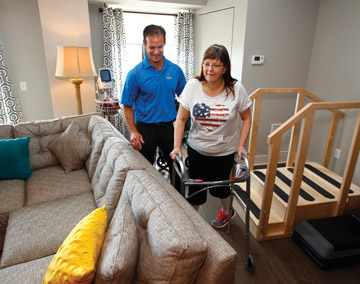It's time to embrace the bundled payment, a single fee negotiated with insurers in exchange for managing every aspect of patient care from the moment cases are scheduled to 90 days post-op. There's risk involved (you pay the costs that exceed the bundled amount), but also plenty of opportunity for reward (you share in the savings realized by delivering quality care for less than the agreed upon fee).
Excelsior Orthopedics in Amherst, N.Y., began bundling for total joints 4 years ago, and has thrived since implementing the risk-sharing reimbursement model. "It lends itself well to total joints, because they're predictable, repeatable surgeries with good outcomes," says Excelsior CEO David Uba, MBA.
Payers were responsive to Excelsior's bundled payment proposals because the cost savings were so obvious, according to Mr. Uba. He says the site-of-service differential, just getting the cases out of the hospital, gave his group the ability to save local payers about 30% to 35% per episode of care.
"Bundled payments have allowed us to control the flow of not only patient outcomes and quality, but also the opportunity to control the dollar," explains Mr. Uba. "No longer does the insurance company assign value along the spectrum of care. We do."
Success in managing the episode of care and ultimately profiting in the bundled payment model demands understanding every detail that goes into replacing joints, and guiding patients all the way through the process to achieve optimal outcomes, says Andrei Gonzales, MD, assistant vice president of product management and value-based payments with Change Healthcare in Nashville, Tenn. "It's different from how you've traditionally looked at care," he adds. "It's looking at all the services as a whole to ensure you're getting the outcome you want at a competitive and fair price."
.svg?sfvrsn=be606e78_3)





.svg?sfvrsn=56b2f850_5)